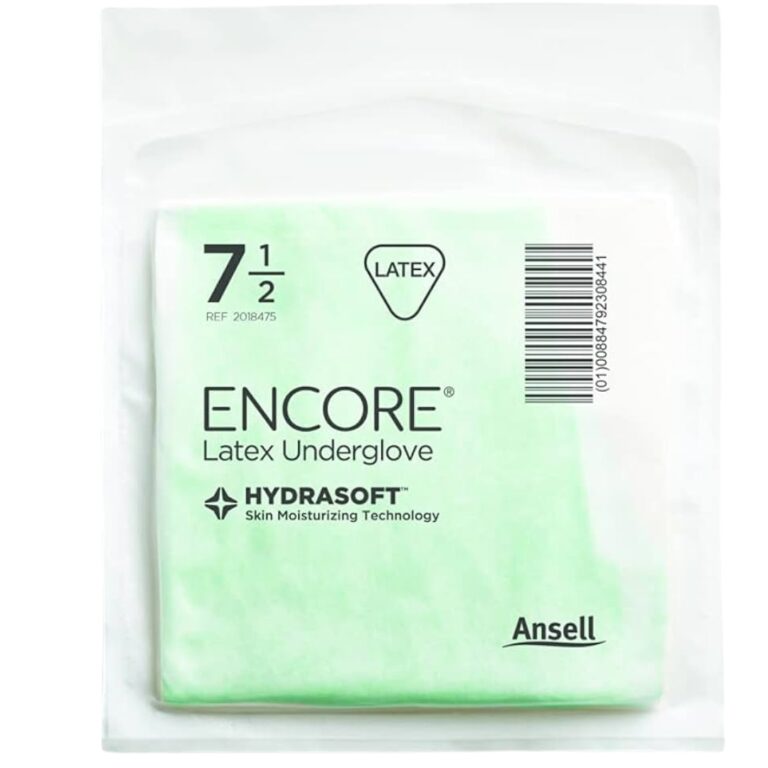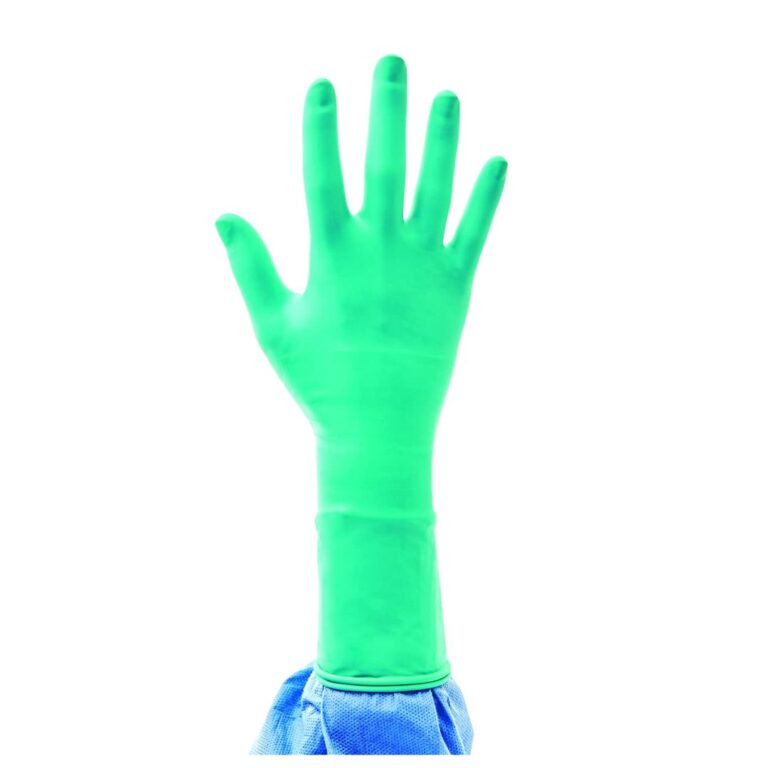Are Latex or Latex-Free Gloves Better for Your Company
Using the proper equipment is crucial, but so is safeguarding your hands when doing do-it-yourself projects at home. Whether you’re painting, gardening, working with chemicals around the house, or fixing your automobile, wearing the proper disposable gloves will guarantee comfort, longevity, and security. Selecting the ideal pair might be challenging due to the wide range of materials and patterns available. This tutorial examines the various kinds of disposable gloves, their advantages, and which ones are appropriate for particular household tasks.
When selecting gloves for your do-it-yourself job, it is essential to comprehend the variety of materials that are available. Selecting the gloves that best suit your needs will be made easier if you are aware of the differences between the different materials.
Latex gloves are an excellent choice for a range of do-it-yourself home tasks because of their exceptional flexibility, high tactile sensitivity, and comfortable fit. Latex gloves are ideal for tasks demanding control and accuracy, such as painting touch-ups, minor electrical work, or complex repairs, because of their snug, second-skin feel that permits excellent craftsmanship.
These gloves offer dependable protection against dust, filth, and mild household chemicals. They are ideal for extended use for less abrasive do-it-yourself jobs because to their exceptional suppleness and gentle texture, yet they
However, individuals with latex sensitivity should avoid using natural latex proteins because they may induce allergic reactions in certain users.

made of latex and those made without, your business must consider more factors than just pricing. It impacts your brand’s compliance with health regulations, customer and employee safety, and even your impact on the environment. Since gloves are used in many different industries, such as medicine, food service, cleaning, and cosmetics, it is essential to understand the primary differences in glove materials in order to make informed, moral selections
In today’s workplace, where personal safety and cleanliness are crucial, selecting the right glove is more than just a practical decision. Making the wrong choice could lead to allergic responses, violations of the law, or subpar work on crucial assignments. This guide will help you choose the best option by outlining the differences between latex and latex-free gloves.
Latex gloves are made from natural rubber latex, a biodegradable material derived from the sap of rubber plants. For many years, latex gloves have been widely employed in industrial, cleaning, and medical contexts because to their remarkable flexibility and tactile sensitivity.
The advantages of latex gloves
• Exceptional comfort and flexibility: Latex gloves fit like a second skin, allowing for precise movements and making them ideal for medical operations or complex tasks.
• Tactile sensitivity: This is especially important in the medical industry, where the ability to use fine motor skills and detect subtle changes in skin texture is vital.
• Cost-effective: In general, latex gloves are less expensive than premium nitrile gloves.
Drawbacks to Latex Gloves
• Allergy concerns: The Journal of Occupational Health reports that up to 10% of healthcare workers and 5–6% of the general population suffer from latex allergies, which can cause anything from skin irritation to potentially fatal anaphylaxis.
• Limited chemical resistance: Latex’s application is restricted since it is less resilient than nitrile to specific oils, solvents, and strong chemicals.

What Are Gloves Without Latex?
Choices Available
In order to reduce the possibility of a latex allergy, latex-free gloves offer substitutes with differing levels of sustainability, comfort, and protection.
The disadvantages of latex gloves
• Allergy concerns: According to the Journal of Occupational Health, latex allergies affect 5–6% of the general population and up to 10% of healthcare professionals. These allergies can result in anything from skin irritation to potentially lethal anaphylaxis.
• Limited chemical resistance: Because latex is less resistant than nitrile to some oils, solvents, and potent chemicals, its use in industrial environments is limited.
Gloves Without Latex: What Are They?
Latex-free gloves provide alternatives with varying degrees of sustainability, comfort, and protection to lessen the likelihood of a latex allergy.
Vinyl Gloves
• Composition: PVC, or polyvinyl chloride.
• Benefits: Economical and suitable for low-risk tasks like food preparation or light cleaning.
• Composition: Lightweight polymers or biodegradable mixtures.
• Benefits: Because they are made of biodegradable materials, these gloves are inexpensive, ideal for handling food temporarily, and environmentally beneficial.
• Eco-advantage: Because compostable gloves significantly reduce landfill waste, they are a popular choice for businesses that care about the environment.
Knowing the functional differences between vinyl, nitrile, and latex is essential when choosing glove materials.
How to Decide: Considerations for Your Organization
Do any of your employees or clients have allergies?
If so, do not include latex in your considerations. Choose latex gloves composed of biodegradable materials, vinyl, or nitrile.
Do you need to be resistant to punctures or chemicals?
gloves are ideal for environments like labs, cleaning services, or tattoo parlors where there is a high frequency of contact with chemicals or bodily fluids.
Will the gloves be used when handling food or performing medical procedures?
Strict regulations must be followed while using FDA-approved gloves for food handling or medical purposes. Make sure the gloves are either food-safe or medical-grade, depending on your intended purpose.
How important is glove color or appearance to your branding?
Color-coded gloves reduce the risk of cross-contamination when handling food or medications. They can also be matched to your company’s style.

Medical
The medical field makes extensive use of gloves due of their allergy safety and barrier protection. While some institutions have phased out the use of latex gloves to protect staff and patients, others still do.
Food Service
Vinyl, polyethylene, or biodegradable gloves are commonly used in commercial kitchens and restaurants. Verify that the gloves are certified for food safety. Eco-friendly companies usually prefer compostable solutions.
Cleaning & Industrial
Long-lasting gloves are ideal for heavy-duty or industrial cleaning jobs because of their chemical resistance.
Beauty & Salon
Latex-free gloves are advised in settings like spas, salons, and tattoo parlors where hygienic conditions and tactile sensitivity are essential.
Sustainability is increasingly becoming a decisive factor for modern enterprises. Traditional disposable gloves, especially those made of vinyl, contribute to environmental waste and contamination. Consequently, several manufacturers have developed eco-friendly latex-free gloves made of biodegradable or compostable materials.
For instance, biodegradable gloves break down faster than conventional gloves in landfills. Compostable gloves made of plant-based materials offer an extra ethical choice for fast tasks like food preparation.
In addition to encouraging sustainability, companies that employ latex-free, environmentally friendly gloves attract environmentally conscious customers.
It makes sense for businesses to purchase disposable gloves in bulk if they want to cut expenses without sacrificing supply. However, it’s imperative to prioritize safety and quality over pricing alone.
Before purchasing gloves in large quantities, companies should first make sure they meet recognized safety standards, such as FDA, CE, or ASTM certifications. These certifications ensure that the gloves work reliably in the food service, cleaning, or medical industries. Proper packing and storage are also necessary to preserve glove integrity, especially in regions with temperature fluctuations. Before making a large purchase, you can evaluate the gloves’ comfort, fit, and longevity by requesting samples.

Your choice between latex and latex-free gloves will be influenced by your industry, user needs, and sustainability goals. Even though latex gloves are still used for their comfort and dexterity, growing concerns about allergies and their environmental impact have made latex-free alternatives—especially nitrile and biodegradable gloves—more popular than ever.
Whether you’re managing a dental office, restaurant, cleaning service, or wellness spa, choosing the right glove may increase safety, ensure compliance, and demonstrate your business’s commitment to sustainability.
Examine Eco Gloves’ whole line of latex and latex-free options to find the best option for your business’s requirements.
For further glove insights and industry-specific guidance, visit our Eco Gloves Resources.

